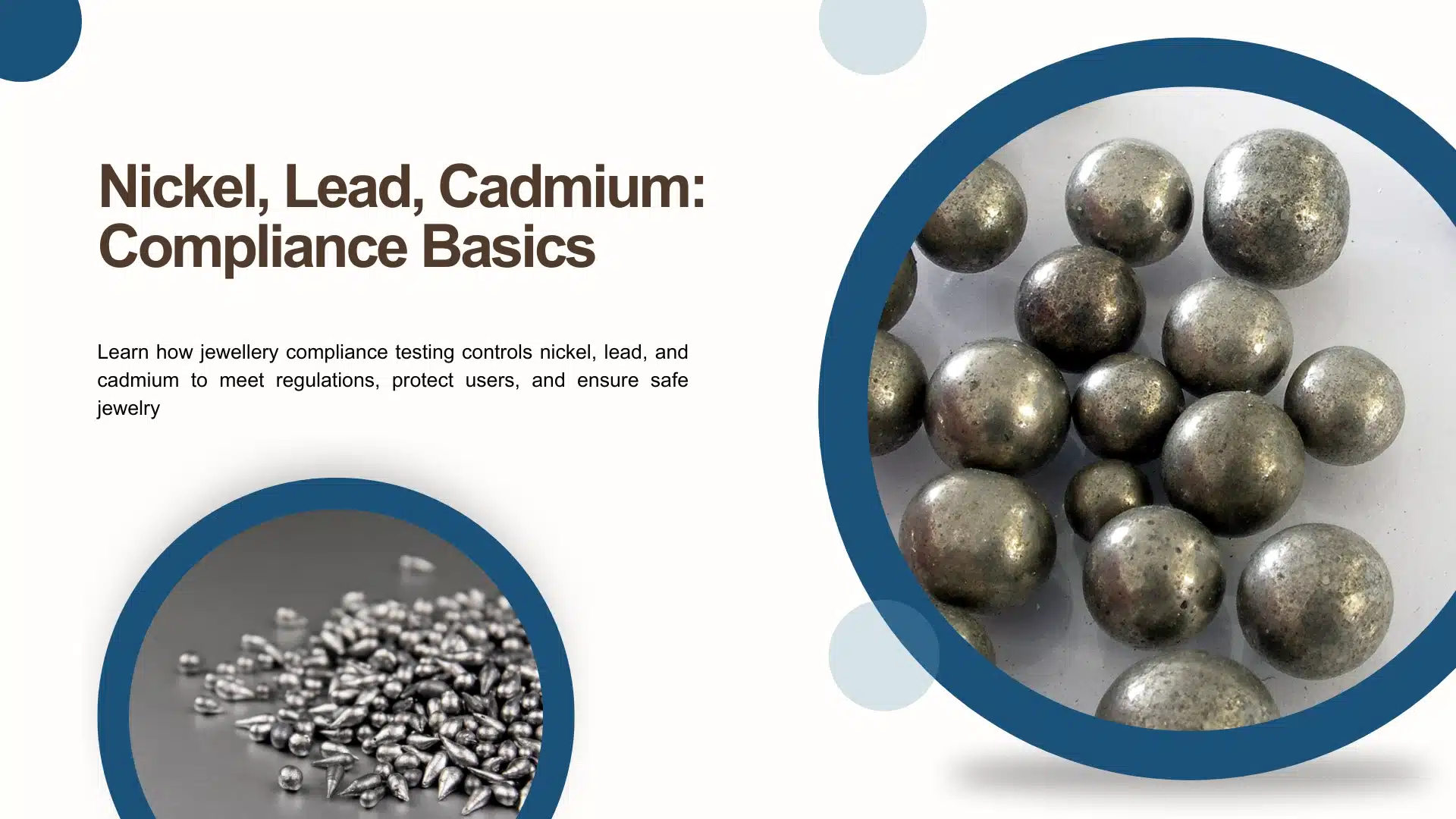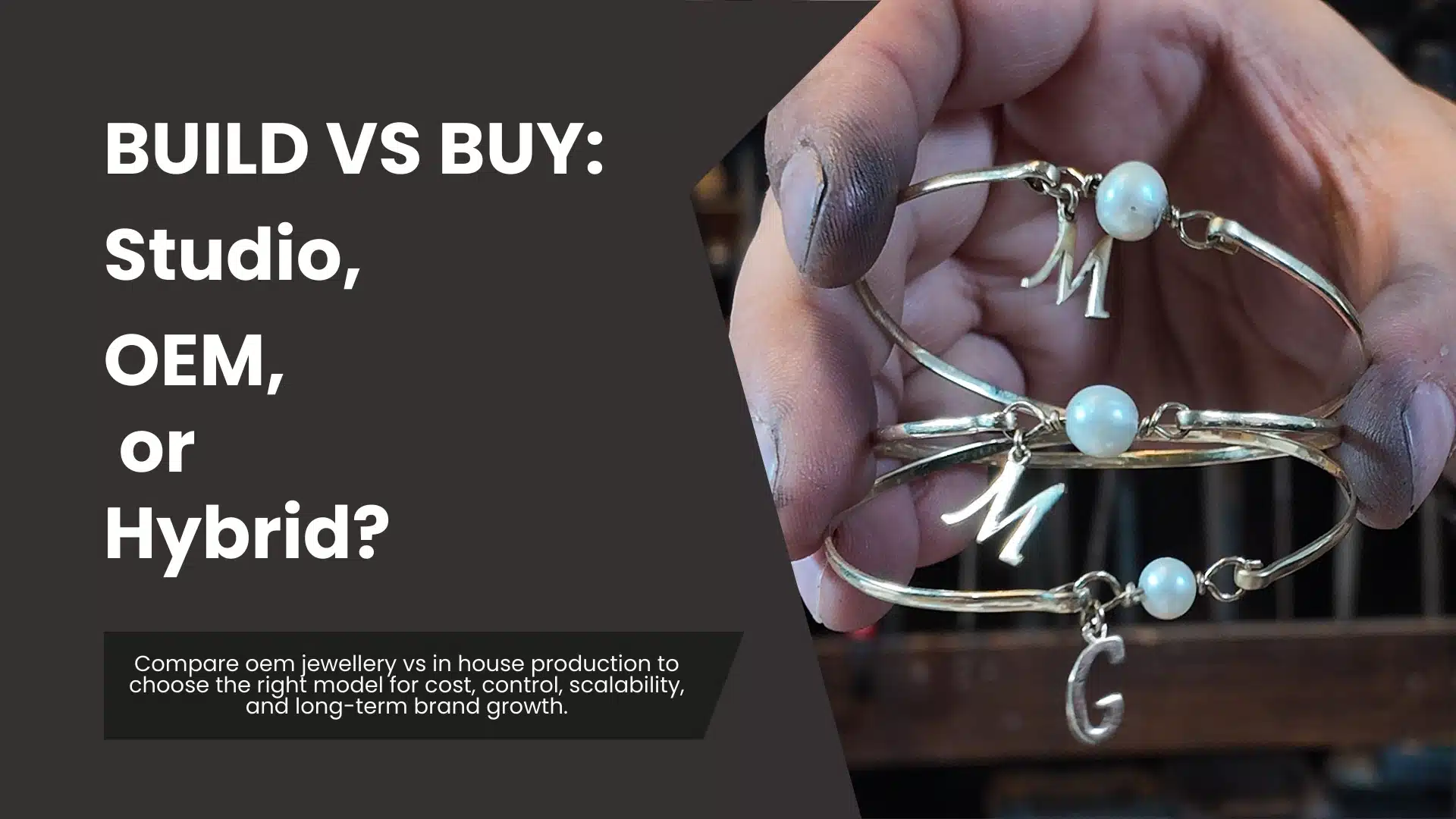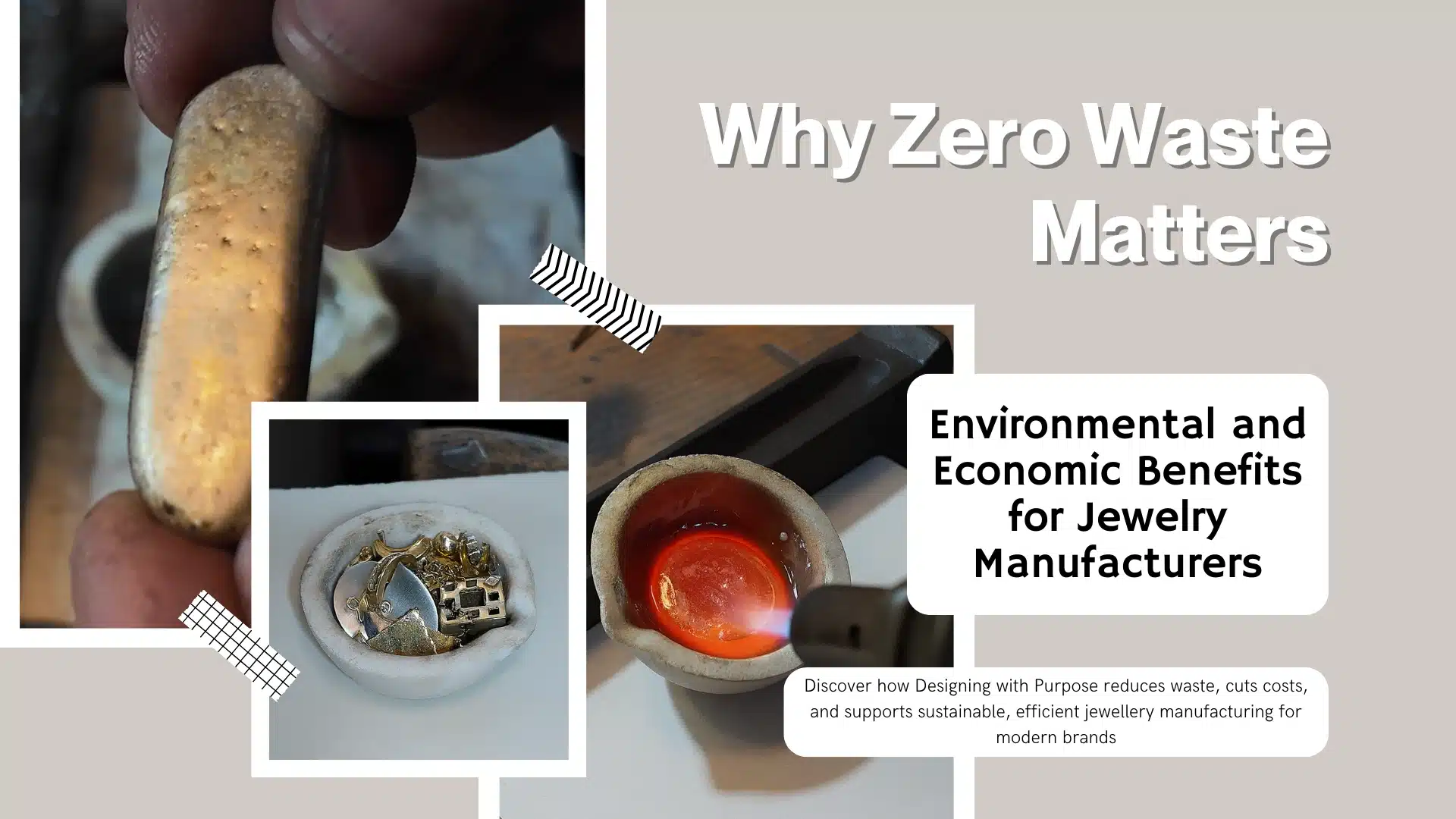The Art of Lost Wax Casting
Lost wax casting, also known as investment casting, is a method used to create precise and intricate jewelry designs. The technique involves creating a wax model of the item, which is then encased in a mold. The wax is melted away, leaving a cavity that is filled with molten metal to form the jewelry piece. This method is ideal for producing high-quality and detailed pieces in metals like gold, silver, and platinum.
Understanding Lost Wax Casting in Jewelry Manufacturing
The first step in lost wax casting is designing the jewelry piece. Jewelers or designers sketch their ideas, which are then sculpted or molded in wax. The wax model can be carved by hand or printed using a 3D printer, allowing for precise details and complex designs that would be difficult or impossible to achieve through traditional metalworking techniques.
Understanding Lost Wax Casting in Jewelry Manufacturing
Once the wax model is ready, it’s encased in a heat-resistant investment material to create a mold. This investment is typically made of plaster or a similar substance, which needs to be strong enough to withstand the high temperatures of molten metal. The wax model and investment are placed in a flask, leaving the wax encased in the investment material.
Understanding Lost Wax Casting in Jewelry Manufacturing
The next step involves the removal of the wax. This is done by placing the flask in a kiln, where it is heated to a high temperature. The heat causes the wax to melt and flow out, leaving behind a hollow mold. This is why the process is referred to as “lost wax” casting—the original wax model is lost in the process.
Understanding Lost Wax Casting in Jewelry Manufacturing
With the wax removed, molten metal is poured into the cavity left by the wax. This can be done using gravity or with the assistance of centrifugal or vacuum casting machines to ensure that the metal fills every detail of the mold. Once the metal cools and solidifies, the investment material is broken away, revealing the newly formed jewelry piece.
Understanding Lost Wax Casting in Jewelry Manufacturing
The casting is then cleaned and polished. Any additional processes such as setting stones, engraving, or further polishing are carried out to finish the piece. The result is a beautiful, detailed piece of jewelry that is exactly as the designer envisioned.
The Impact of Lost Wax Casting on Jewelry Manufacturing
Understanding Lost Wax Casting in Jewelry Manufacturing
Lost wax casting is a fascinating and ancient technique used in jewelry manufacturing that allows for intricate details and complex designs. This process has been refined over the centuries and remains a cornerstone of the jewelry industry today. In this blog, we’ll explore the steps involved in lost wax casting and how it impacts the quality and creativity of jewelry pieces.
Create Your Design
Related Posts

What Every Founder Should Know Before Starting a Jewelry Brand
Starting a jewelry brand feels exciting. Many founders begin with beautiful ideas, strong emotions, and creative passion. However, success depends on more than design alone. This is where jewelry brand planning becomes essential. A clear plan helps founders avoid costly mistakes and build a brand that lasts. Before choosing materials or launching products, every founder should understand the business side of jewelry.

Nickel, Lead, Cadmium: Compliance Basics
Jewellery touches the skin every day, which makes safety non-negotiable. Metals such as nickel, lead, and cadmium can cause serious health concerns when used incorrectly. This is why jewellery compliance testing has become a core requirement for responsible manufacturers and brands. Compliance protects consumers, builds trust, and ensures products meet international regulations.

Gold Price Volatility: How to Protect Margins
Gold prices rarely move in a straight line. They rise with inflation fears, fall with market optimism, and react quickly to global events. For jewelry manufacturers and brands, this constant movement creates pressure on margins. That is why having a clear jewellery hedging strategy is no longer optional. It allows businesses to manage uncertainty, protect profitability, and plan production with confidence.

Build vs Buy: Studio, OEM, or Hybrid?
Every growing jewelry brand eventually faces a major decision: should you build everything in-house, outsource to an OEM partner, or combine both models? This question goes far beyond cost. It affects quality, speed, flexibility, and brand control. Understanding oem jewellery vs in house helps brands choose a structure that supports long-term growth, not just short-term production.

Why Zero Waste Matters: Environmental and Economic Benefits for Jewelry Manufacturers
Today’s jewelry industry faces growing pressure to act responsibly. Materials, methods, and waste management all shape how brands are perceived and how efficiently they operate. This is why Designing with Purpose has become a leading principle. Zero-waste thinking is no longer a niche trend but a practical and ethical approach that benefits both the planet and the manufacturer.






